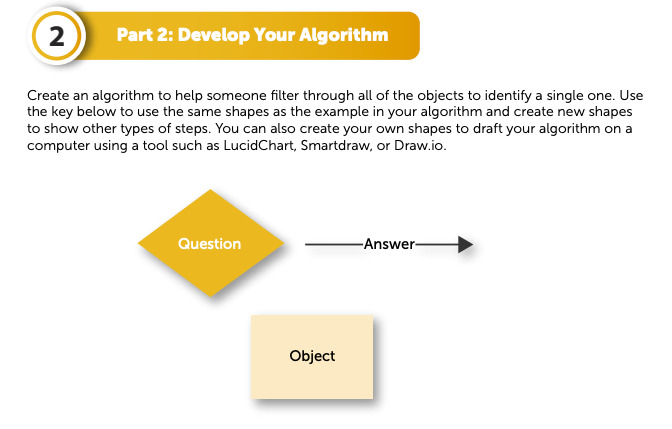
Teachers around the nation are being called to integrate computational thinking into their classrooms to prepare all students to thrive in a computational world. To do this, teachers need meaningful professional learning experiences and resources to integrate computational thinking in equitable, authentic, and sustainable ways.
Computational thinking leverages problem-solving processes used by computer scientists (e.g., abstraction, problem decomposition) in application to data practices, algorithms, and systems thinking. Since computational thinking is typically not offered as a standalone course, particularly in grades K-8, educators must use supplemental resources in order to integrate computational thinking into core curriculum. However, disciplinary-aligned resources for computational thinking are scarce and many teachers do not have computer science experience to realize connections between disciplinary learning and computational thinking.
To help address this need, through the Computational Thinking for Next Generation Science Challenge Collaborative, we’ve worked with over 80 teachers from five school districts across the United States to develop resources that support teachers to integrate computational thinking in ways that enhance middle school science instruction.
We designed a collection of open educational resources that align to each computational thinking practice in our stack of educator micro-credentials. While these resources were developed in the context of middle school science, they can be adapted for other content areas, grade bands, and contexts.
Highlighted here are teacher resources for the computational thinking practice Creating Algorithms. An algorithm is a repeatable process that delivers an expected result. Computer scientists use algorithms to provide well-defined instructions to computers to solve a problem or perform a task. However, students can define precise, repeatable processes for problem-solving in many classroom contexts. For example, biology teachers in our project helped students design algorithms to discern whether an organism is alive, and earth sciences teachers helped students design algorithms to identify phases of the moon.
The Creating Algorithms resources provide seeds of activities that teachers can adapt for multiple contexts. The resource collection contains the following components:

Look fors defining student behaviors for Creating Algorithms.

Prompting questions provide prompts for algorithmic thinking.

There are common activities in science in which algorithmic thinking may promote students’ engagement in core ideas, crosscutting concepts, and scientific practices.

In the example above, students create an algorithm to identify flowers in California ecosystems.

Using the template above, students can create algorithms to identify, sort, or categorize any set of objects.
There are opportunities beyond algorithms to integrate computational thinking in the classroom. We have designed resources for additional practices including working with data, creating computational models and understanding systems, all of which will be published in summer 2020. Sign up for our Action Report newsletter to stay updated and be among the first to know when the resources are live
Take action:

We want to hear from you!
Please take this 5-minute survey and help us serve you better.
